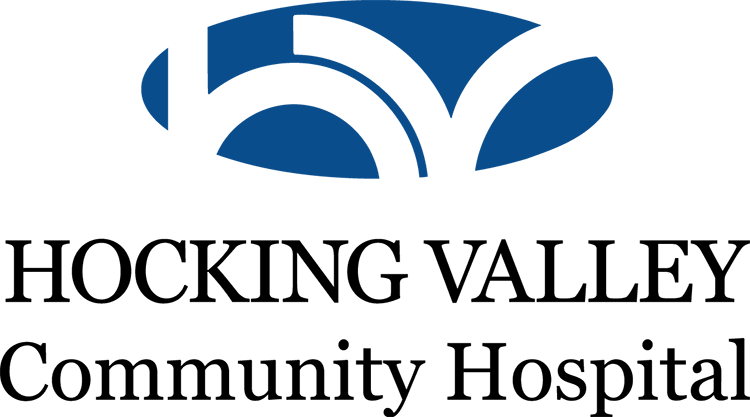Computed Tomography (CT):
CT imaging uses ionizing radiation to image bodily structures such as bone, blood vessels, and other various organs. CT imaging provides a more detailed picture than plain film x-rays. As the radiation interacts with the body during the scanning process, information is transmitted to a computer which uses this data to create multi-planar images of the body part. These can be altered into 3-D images which allow the Radiologist to more accurately diagnose illnesses and measure structures. Contrast media is used to better visualize various organs and tissues. Intravenous (IV) dye is used for vasculature while oral contrast is utilized for the digestive tract.
What should I wear?
You should wear loose comfortable clothing with no metal objects (i.e. metal buttons, grommets, zippers, clasps, snaps etc.).
What can I expect?
A technologist will explain the test, duration and ask about your surgical history. It is possible you will be asked to change into a gown or have an IV started. You will then be instructed to lie on a table. A large machine that resembles a “doughnut” will be used to image your body as the table moves in and out of the center. You may be asked to hold your breath for several seconds to minimize motion and obtain clearer images. CT exams are approximately 30 minutes long.
What if I am allergic to iodine and the IV contrast?
Please alert the technologist if you have a known allergy to foods containing iodine or IV contrast.
How do I prepare for my exam?
Any preparation will be conducted at the hospital, prior to your scan.
Can I take prescribed medication?
Yes. You may take your prescribed medication as normal.
How will I feel after the exam?
A majority of patients are able to resume normal activities immediately after testing.
